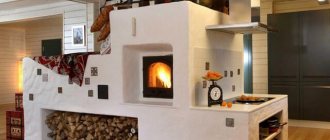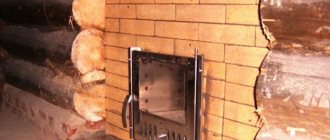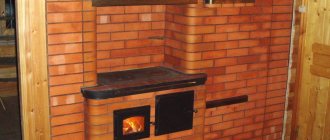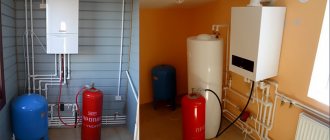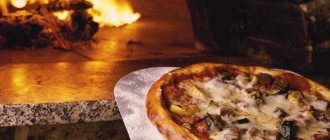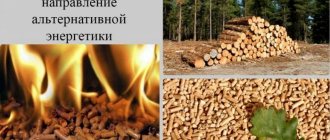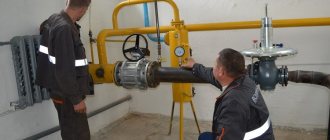Home »Solid fuel heating» Heating the house with briquettes
Solid fuel boilers are currently not in great demand among the population. Gas and mains powered ones are in great demand. Since solid fuel boilers exist in practice, it is important to resolve the issue with the choice of the fuel itself. It was for them that briquettes for heating were invented.
Below we will consider the main types of briquettes, how they are produced and transported.
Wood briquettes
This type of briquettes is made from sawdust and other materials - waste from the wood processing industry. The raw material is preliminarily subjected to heating and then pressed. For this, high pressure on the chips is used. Under the pressure of the load, the wood releases lignin. It acts as a glue. After its solidification, the mass does not lose its shape and is sufficiently strong to the touch. Lignin is a natural material, it does not cause any harm to the human body. There are some important characteristics for wood briquettes. The moisture content of the fuel is 10%. As you can see, the moisture content of the finished material is several times lower than wood. At the time of combustion, sawdust emit 4400 kcal / kg. If we compare this indicator and heating with sawdust with burning coal, we note that the indicator is 3910 kcal / kg.
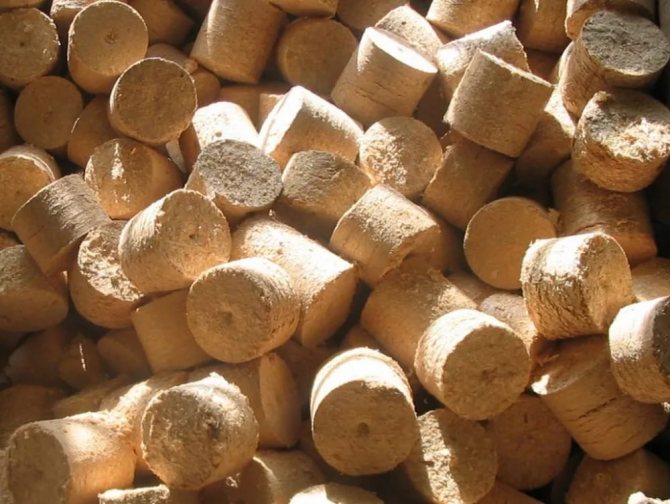
Wood briquettes
Advice: The most important thing in this type of fuel is that heating with sawdust with your own hands is safe in all respects for a person.
If we compare it with coal, when burning wood gives many times less carbon monoxide than other materials. The form in which the wood blocks are produced is convenient in practice. This saves space for fuel storage. Eurodroves are suitable as fuel not only for solid fuel boilers. They can be used for making a fire in nature and for kindling a fireplace. Also, firewood in the form of wood blocks is easy to control in consumption.
Approximate calculation of solid fuel for a house with an area of 100 square meters
Firewood
To heat a house of 100 square meters, we need 100 square meters. m. * 100 W = 10 kilowatts of thermal energy per hour. Accordingly, per day it will be 10 kW / h * 24 h = 240 kW. In a month we will need 240 kW / day * 30 days = 7200 kW, for the entire heating period 240 kW / day * 111 days = 26 640 kW.
Sometimes, the calculations are based on the fact that the flame is actively burning only 10 hours a day, which is enough to maintain the set temperature. Then the required amount of heat is 10 kW / h * 10 h = 100 kW. Often, starting from this parameter, they write the flow rate in the operating instructions.
On average, when burning 1 kg of oak wood, 3.4 kW is released. 240 / 3.4 = 70.6 kg of firewood will burn per day, 7200 / 3.4 = 2117.64 kg per month, 26 640 / 3.4 = 7835.29 kg during winter. That is, in one winter, a solid fuel apparatus burns almost 8 tons of wood.
It is also important to take into account that the quality of firewood, in particular its moisture content, what kind of wood they are from, and the conditions for their storage, also greatly affects the calculation of consumption. To heat such a house with firewood, a Zota 15a apparatus is suitable.
Coal
One kilogram of coal burns out 7.75 kilowatts. Coal-fired equipment consumes 240 / 7.75 = 31 kg of fuel per day. A month will require 7200 / 7.75 = 929 kg of coal, during the entire heating season 26 640 / 7.75 = 3437.5 kg.
How much you have to stock up and load coal with each laying is greatly influenced by its type, ash content and the amount of impurities. For heating this room with coal, the model of the solid fuel boiler Teplodar Kupper OVK 10 is suitable.
For industrial premises with an area of 5000 sq. m., a Bratsk cast-iron hot water boiler operating on coal with a lump size of up to 100 mm, or Universal 5 and Universal 6 equipment are suitable.
Briquettes
A kilogram of briquettes, when burned, emits an average of 6.2 kilowatts. In one day, 240 / 6.2 = 38.7 kg will be consumed, 7200 / 6.2 = 1161 kg per month, 4297 kg of briquettes during the winter season. You can heat a similar house with briquettes using the Peresvet T 10 device.
Peat briquettes
Peat briquettes are produced in the same way as wood briquettes. Peat is initially dried and pressed. If peat is influenced by high temperatures, it begins to thicken and turns into blocks. This form is convenient for storing and delivering cargo. Peat briquettes can be used to heat all types of ovens. This type of fuel is characterized by high heat transfer rates for a long time. As you can see, peat briquettes for heating are another option for replacing solid wood for heating premises. If your boiler allows you to regulate the air supply, then the burning time of the peat blocks is increased to 8 hours.
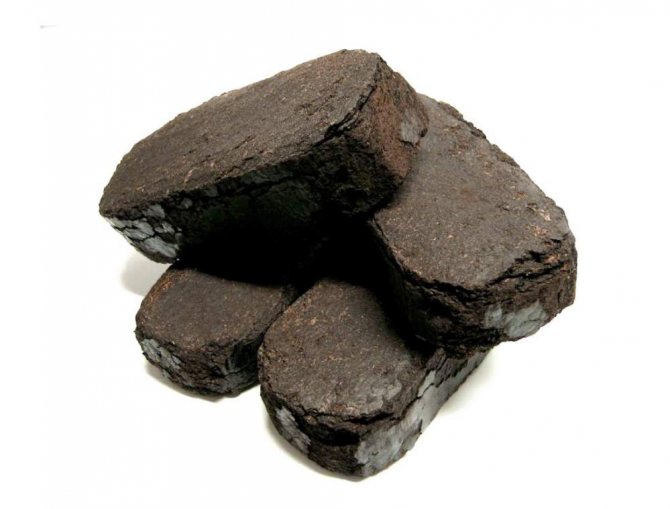

Peat briquettes
Advice: The ash after the combustion of the peat briquette can be used as fertilizer for phosphorus fertilization of plants on the site.
This fuel will be a good substitute for other types of fuel for heating rooms at night. At this time of the day, it is important for you to keep the air temperature in the room at a comfortable level for normal life. Let us recall the form again. Peat briquettes for heating - a small form for easy transportation and for melting the oven. In order for the boiler to constantly heat the water, it is enough to add new briquettes at regular intervals.
Heating with Euro wood
I would like to note right away that ordinary firewood and modern briquettes are a priori different types of fuel, although their principle of operation is identical. (Fuel briquettes by their nature are closer to coal.) Ordinary firewood has been used for a very long time, and Eurowood still has to prove its worth.
By the way, fuel briquettes received the original name "Eurowood" due to their similarity with classic firewood both in form and in technical characteristics.
Modern fuel briquettes are produced from food and natural waste. Wood (sawdust, shavings, wood dust, branches and even leaves), straw left over after processing grain crops (wheat, rye, corn), husk and husk of seeds, nut shells, peat, and in rare cases even manure are actively used. When burning this kind of materials, no harmful substances for humans and the environment are emitted. No more ingredients are added to the fuel briquettes.
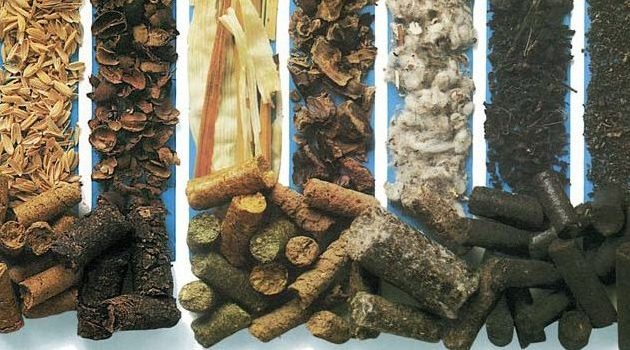

Fuel briquettes from various materials
Carefully prepared and crushed raw materials are subjected to temperature pressing, during which excess moisture is removed, the material is held together, it turns out to be dense and strong. Depending on the type of production, conditionally all fuel briquettes can be divided into three classes:
- The simplest is Ruf fuel briquettes.
- More advanced - Nestro fuel briquettes.
- The most modern are Pini Cay fuel briquettes.
These types of fuel briquettes differ in shape, the method of final processing (sometimes there is burning to give the final shape and protection from moisture), the level of density, which largely depends on the shape of the briquette itself. The composition of eurodrops always remains the same, without the addition of third-party elements.
Why are Eurowood so good, let's look at their main advantages:
- Created by pressing at a high temperature, Eurowood has a high density and low humidity. That is why the burning time of fuel briquettes is much longer than that of firewood.The level of heat transfer from briquettes is twice as high, which is explained by the same technical characteristics. Ordinary firewood, dried during the year, has a moisture content of about 20%, fresh wood 40-50%, and for fuel briquettes the same indicator is 8-9%.
- Made on professional equipment, having the correct shape and good packaging, fuel briquettes are more compact, convenient and unpretentious in storage. At the same time, as we have already said, they burn longer and give off more heat than firewood, which means that the fuel supply may be less. Heating with fuel briquettes at home in Europe is considered a normal practice, moderately economical. Wood is traditionally used in Russia.
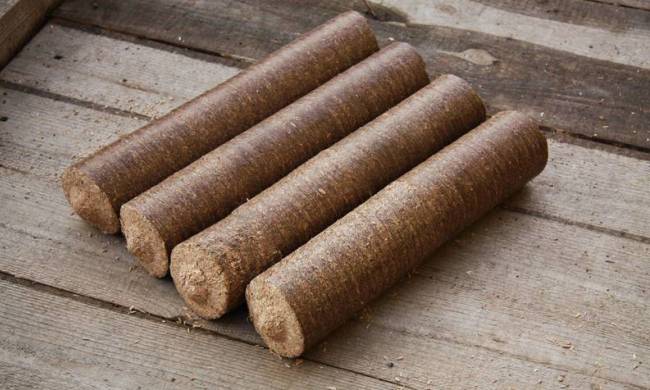

Fuel briquettes of the correct shape
- It is extremely simple to use fuel briquettes, the technology of their combustion is no different from ordinary firewood. You can even say that they are safer when used, since the level of fire and its operation can be controlled.
- When storing firewood in the house, there is always a lot of garbage, while the briquettes are tightly packed in cellophane and loaded into the oven as a whole.
- Eurowood burns with a stable fire, they do not spark or smoke, and the amount of smoke emitted can be called minimal. By loading briquettes into the oven in various ways, the intensity of fuel combustion can be adjusted. A small amount of smoke allows you to save on cleaning the chimney from soot, and also allows the use of such fuel in black baths.
- After using fuel briquettes, very little ash remains, approximately 1% of the total fuel volume. Unlike firewood, briquettes burn almost completely.
- With the proper skill and the right equipment, you can make fuel briquettes with your own hands. At first glance, the task seems impossible, but a detailed analysis turns out to be very simple. In the future, such production will help to significantly save the budget on fuel.


Plain cellophane packaging for fuel briquettes
Having considered the advantages of fuel briquettes, we turn to the disadvantages that are also available:
- Having a high density, Eurowood fires up in the firebox for a long time. Studying the best way to heat the stove with wood or briquettes, you should definitely pay attention to this. Alternative fuel does not quickly start a fire; suitable materials are required. Even a good, dense, dry briquette heats up for several minutes.
- When burning some types of briquettes, characteristic odors may be present. For example, the scent of burning seed husks may not be to everyone's liking. Ashes from Euro briquettes smells disgusting at all, but despite this it is an excellent fertilizer.
- Fuel briquettes are afraid of dampness, even those burnt outside. The product packed in cellophane is not afraid of moisture, but after being removed from the vacuum package, the briquette becomes vulnerable. Due to moisture, Eurowood crumbles and becomes unusable.
- Mechanical stress for Euro briquettes is also unacceptable. Even when dry, you can break them, especially if they are of poor quality.
- Fuel briquettes are not able to create a unique atmosphere of warmth, comfort and coziness, which is inherent in firewood. They do not crackle, the fire from them is too simple, smoldering, and the appearance leaves much to be desired, especially for home-made options. From the aesthetic point of view, fuel briquettes are not suitable for use in a fireplace.
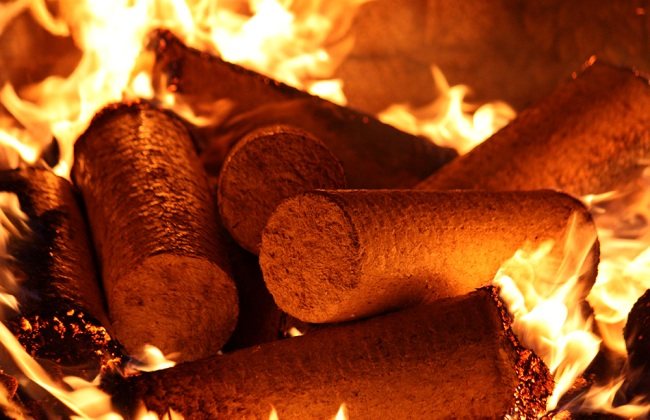

Burning briquettes in the furnace
When choosing firewood or fuel briquettes for heating a house, ordinary wood should also be analyzed, at least for its dignity.
Good to know: What can be used to heat the stove except firewood, we consider peat and coal
Coal briquettes
It would be more accurate to say that coal briquettes for heating are made from pressed coal dust. Several types of non-natural fuels are produced from it. It is important to sift through the dust before starting production.Then it is crushed and sent for pressing. In order to form a coal dust briquette, a viscous substance is used. The result is a briquette fuel based on coal.
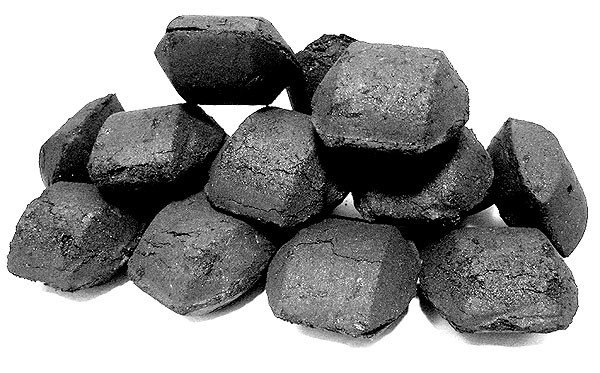

Coal briquettes
It is no secret that coal is the only material for a furnace that does not form smoke when burned. He also falls into the group of safe fuel. Therefore, charcoal can be used as a heat source when cooking inside a building using barbecues and grills. As for public catering facilities, the strictest rules are presented here to avoid sunburn and poisoning.
Advice: Coal heating briquettes can burn for 7 hours. The main condition for long-term combustion is the fact of controlled air supply to the furnace.
Production and transportation of briquettes
As you can see, during the production of briquette fuel, combustion rates increase, which makes artificial fuel a good alternative to coal.
To melt the stove with peat, it must be dehydrated and thoroughly crushed. The production of briquettes for heating and peat processing is located next to his deposit. Hence, the cost is not high, since there is no need to transport it from the deposits to the place of processing. The production costs of peat briquettes are low, therefore the retail price is low. The cost is affected by the cost of transport services. In the entire production scheme, this stage is the most costly. As you can see, the convenient form of the finished material allows you to transport large volumes in comparison with their original sources.
For more information about heating with briquettes, see the video:

